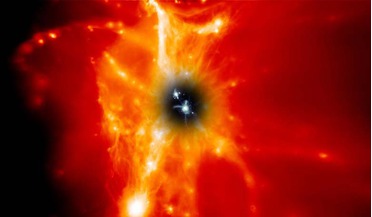 06 June 2016
Galaxies guilty of 'wasting' precious planet building material
06 June 2016
Galaxies guilty of 'wasting' precious planet building material
... new stars is ejected up to a million light years away. Using the Cosmic Origin Spectrograph (COS) installed on NASA's Hubble Space Telescope, the study shows that more iron, carbon and oxygen atoms exist in the near...
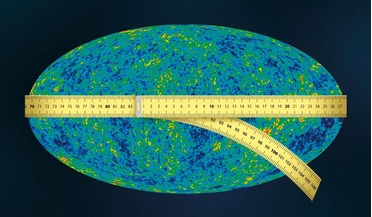 28 December 2016
Discrepancies in data suggest less dark matter now than after the big bang
28 December 2016
Discrepancies in data suggest less dark matter now than after the big bang
... Physics at INR and a lecturer at MIPT's Department of Fundamental Interactions and Cosmology. These parameters are namely the Hubble parameter, which describes the rate of expansion of the Universe, and also the parameter associated with the...
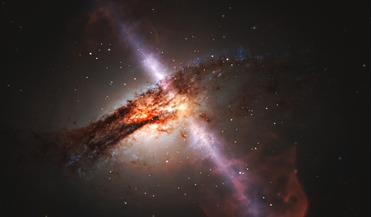 23 January 2017
New results from HST show relativistic jets on scales rarely seen before
23 January 2017
New results from HST show relativistic jets on scales rarely seen before
Using the Hubble Space Telescope, which recently celebrated 25 years of operation, a team of astronomers have been able to measure the kiloparsec-...
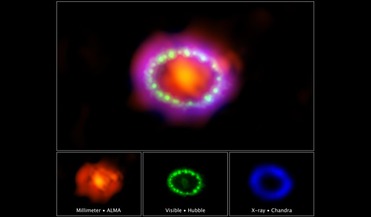 27 February 2017
Thirty years in the making - researchers show SN1987A in all of its glory
27 February 2017
Thirty years in the making - researchers show SN1987A in all of its glory
... 20 million miles an hour. The latest data from the telescopes that have been keeping an eye on it such as Hubble and Chandra, have revealed that SN 1987A has passed an important stage. Before a star goes supernova, it will...
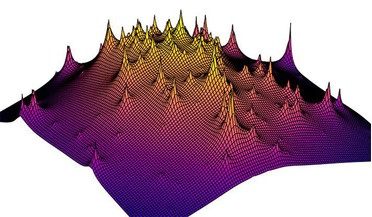 03 March 2017
Dark Matter Map revealed by researchers
03 March 2017
Dark Matter Map revealed by researchers
...-resolution maps of dark matter ever created. The map, which was created with data from the Hubble Space Telescope Frontier Fields program, used information from gravitationally-lensed galaxies. A gravitational lens is a distribution of matter...
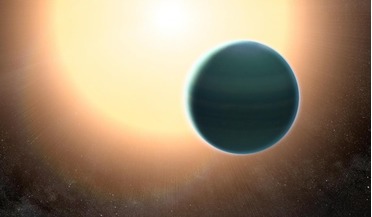 12 May 2017
Warm Neptune with primitive atmosphere discovered
12 May 2017
Warm Neptune with primitive atmosphere discovered
... Sing, from the University of Exeter and one of the researchers on the project. Combining observations from NASA's Hubble and Spitzer space telescopes, the team used data from transits – occasions when the planet passed...